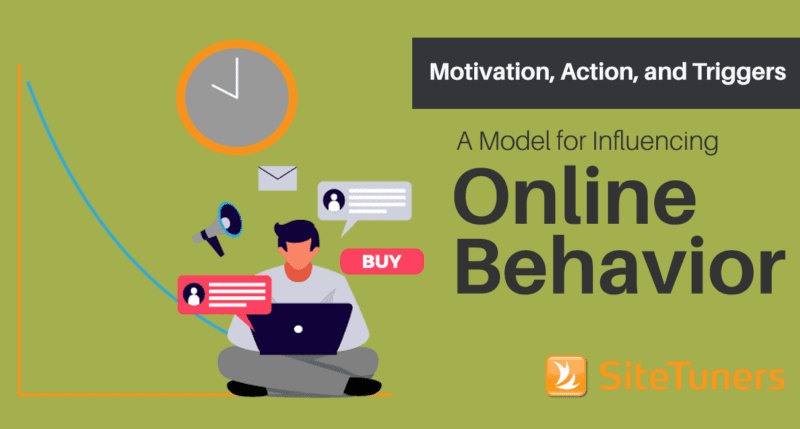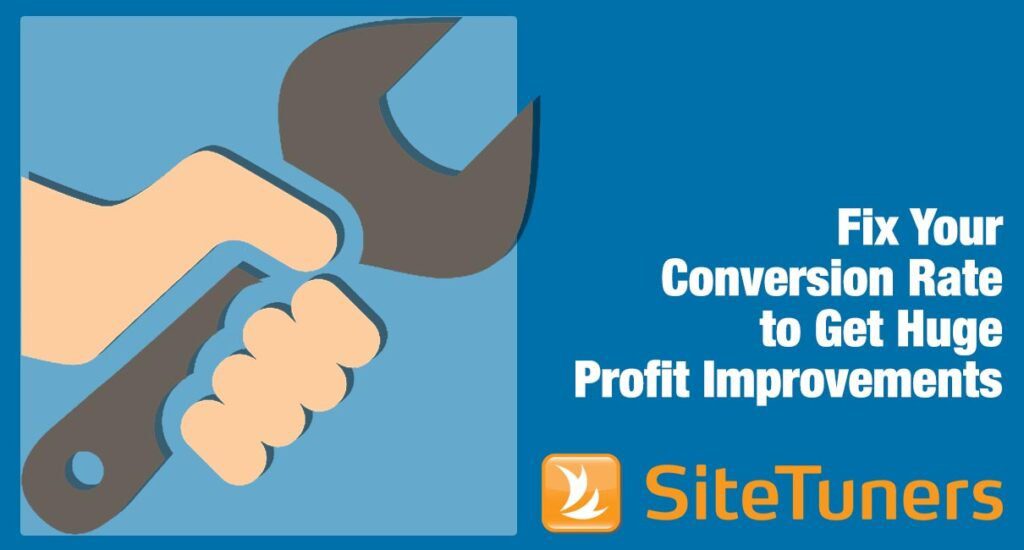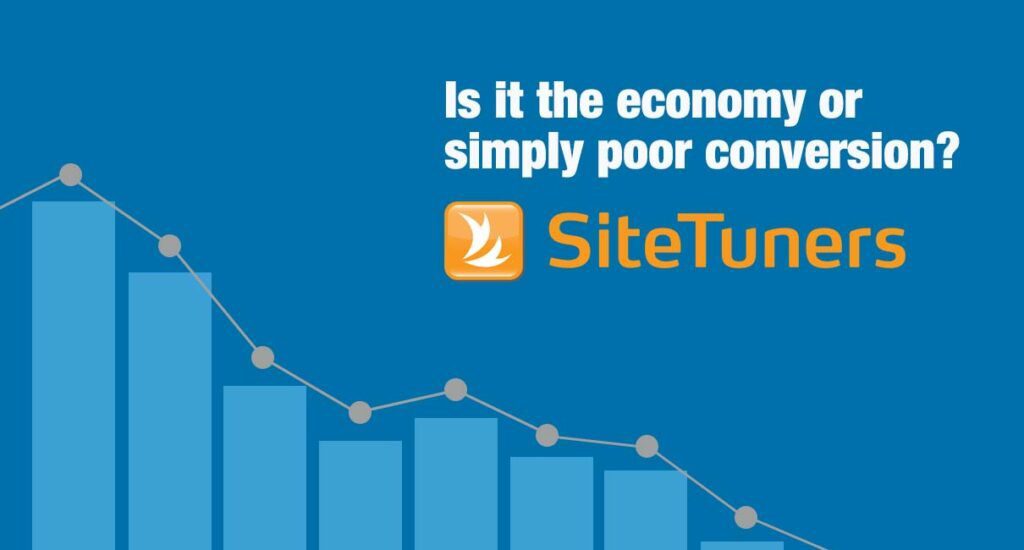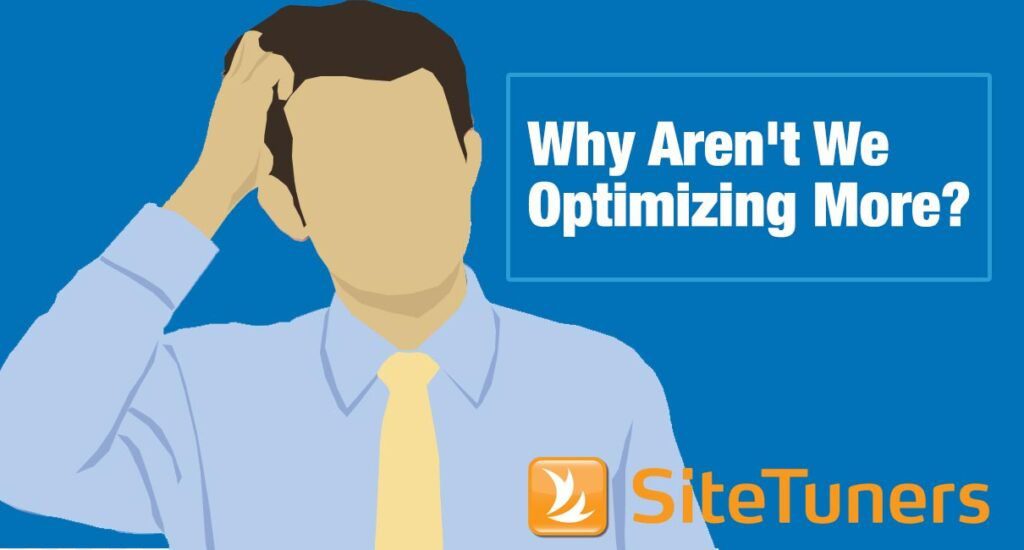Summary – Growth hacking has become an essential tool for businesses looking to gain traction and scale quickly. And while there are a number of different growth hacking techniques out there, one that is often overlooked is the role of conversion rate optimization as a crucial aspect of the growth hacking process. If you’re not doing CRO, you’re missing out on a powerful growth hacking strategy.
In this article, we’re going to discuss what growth hacking is all about. We’ll also tackle how conversion rate optimization bolsters your growth hacking process. We’ll cover:
Ever heard of growth hacking?
If you’re in the SaaS industry, you most likely have. But have you tried doing it for your company?
Even if you’re not in the software business, it would be hard to ignore the appeal and promise of growth hacking.
Think of success stories like Dropbox, Airbnb, LinkedIn, and a host of other companies that have seemingly grown overnight to become billion-dollar companies. It’s easy to see why growth hacking has skyrocketed in popularity.
Growth hacking has become an essential tool for businesses looking to gain traction and scale quickly. But while there are a number of different growth hacking techniques out there, one that is often overlooked is the role of conversion rate optimization as a crucial aspect of the growth hacking process.
What is Growth Hacking in Digital Marketing?
Growth hacking is an umbrella term for strategies and tactics that are implemented to grow a business. It’s usually associated with early-stage startups that need exponential growth rates as soon as possible, on very limited resources.
Sean Ellis, founder and CEO of GrowthHackers, coined the term “growth hacking” in 2010. This was after he successfully used it to grow companies such as Dropbox, LogMeIn and Qualaroo. Growth hacking first grew in popularity as an effective strategy for startups. Not long after, even established companies adopted growth hacking strategies to accelerate their growth.
The core principle behind growth hacking is to fail fast. That is, test a marketing idea quickly to gather data and determine its effectiveness. With growth hacking, you focus on testing different methods against specific key performance indicators to drive growth at each stage of the customer journey.
You can implement growth hacks for rapid user acquisition, to increase activation, improve retention, etc. Below is an example of the metrics that growth hackers track at each stage of the funnel:
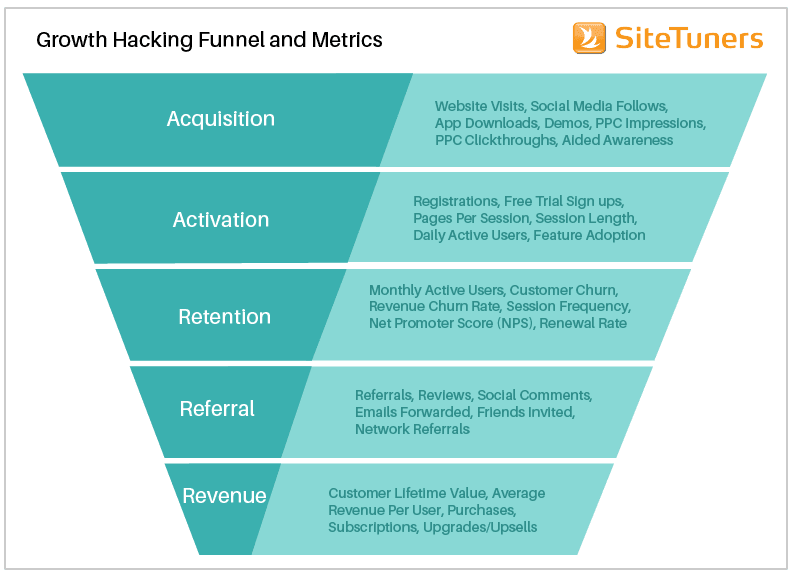
What Does Growth Hacking Look Like in Practice?
The practice of growth hacking is so broad that it can be challenging to provide an accurate picture. How you hack growth and its results vary from company to company and even from product to product.
However, an overarching strategy for growth hacking is the use of data to identify trends and opportunities. A growth hacker employs rapid experimentation across different channels to identify the most effective ways to grow a company’s user base. This means testing different methods of user acquisition and engagement.
Hence, growth hacking could involve traditional and digital marketing activities. These include viral marketing, word-of-mouth, email marketing, social media marketing, search engine optimization, and pay-per-click advertising.
Rapid Growth, Minimum Cost
What’s important for the growth hacker is discovering which of these tactics can provide rapid growth with minimum cost. It’s also critical that the growth hack can be scaled up based on results. This Foundr article shows how companies have hacked growth through tactics ranging from network invitations, social sharing, API integrations, incentivizing users, and organic word of mouth.
But it’s not limited to these. Even getting customer feedback can be a growth hack when promptly acted upon. In an article, Neil Patel shares how they released the heat mapping tool Crazy Egg early (only after a month of development!) in order to get user feedback. They then released updated versions of the software on a monthly basis based on feedback collected. These public updates helped generate excitement for Crazy Egg. It helped them build a waiting list of 10,000 customers who were waiting for the software launch. In the end, Crazy Egg acquired these customers at zero cost.
Another growth hack technique is offering a freemium version of the product. The freemium model encourages faster adoption. This is how music streaming service Spotify grew its user base to 30 million active users only 5 years after its 2008 launch. Today, the company is the market leader with 182 million premium subscribers worldwide, besting rivals such as Apple Music.
Unlike Apple Music, Spotify allows users to listen to music for free as long as they didn’t mind listening to ads. Going freemium allowed the company to rapidly gain users. It also provided an additional revenue source from advertising.
So you see, companies have varied experiences when it comes to growth hacking. But you’re unlikely to enjoy the same success by merely copying their techniques. You have to go the route of rapid testing and experimentation. By doing this, you can find out what works best for your product and target customers.
Growth Hacking and Conversion Rate Optimization
So how does conversion rate optimization fit into the growth hacking framework?
Conversion rate optimization (CRO) is a digital marketing strategy that’s focused on improving the user experience in order to improve conversions.
According to entrepreneur and author Sean Ellis, considered the founder of the worldwide Growth Hacking movement, “Conversion rate optimization is important for driving growth.” So if you’re trying to growth-hack your business, you should also be doing CRO.
Companies with real growth potential need conversion rate optimization to increase desire for their products, remove friction, build traction, and improve ROI.
Using CRO to Increase Desire
Do you know what’s common across successful growth hacking stories?
They all have products that customers already want or need.
AirBnb, for instance, appealed to people who didn’t want to stay in pricey hotels. Professionals and businesses loved the fact that LinkedIn let them be discovered easily by other professionals and businesses.
Growth hacking capitalizes on the existing desire for the product and makes it viral. Virality can be achieved in a number of ways. You can use different strategies: social media, WoM, ppc, etc. The end goal is to drive traffic back to the website or landing page.
Conversion rate optimization plays an important part in traffic acquisition. Even at this stage, you need to ensure that your messages and campaigns are highly effective at communicating the desirability of your product. That begins with understanding customer intent, creating your unique selling point (USP) and getting it across to the right audience.
This is where CRO comes in: it allows you to create highly customized and targeted campaigns that are specifically designed to convert your target audience. With optimized campaigns and messaging, you can drive the desire and lead customers toward a conversion event.
This means that you waste less time and resources on campaigns that don’t produce results.
Optimizing to Remove Friction
Even the most interested customer will balk at doing a conversion action if you make it hard enough for them.
These hurdles toward conversion are what’s known in optimization lingo as friction.
What causes online friction?
An easy way to understand online behavior is through Tiny Habits author and psychologist Dr. BJ Fogg’s behavioral model. According to this model, behavior happens when three elements converge: motivation, ability, and a trigger.
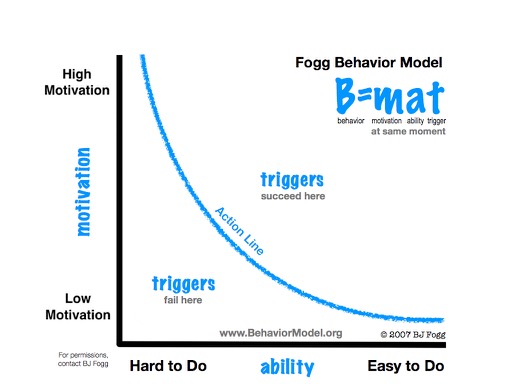
So to increase the likelihood of your online visitors going through the conversion action, you have to:
1) Motivate them
2) Prompt them with a hot trigger
3) Convince them that the task is easy enough
If one of these elements is missing, then you create friction.
A visitor might not mind encountering a little friction if they have enough desire or a high level of motivation. Imagine someone who wants to sign up for a free trial of your product. When they go to your form, they see it has too many form fields. But they really need your product. So they’re willing to put up with the cumbersome task of completing the form.
Now, imagine another visitor comes along. This visitor wants to test your product but doesn’t have the same levels of motivation or need. You already know what happens next: they’ll probably bail out.
The thing is, our brains are lazy. Most people don’t want to have to do more than they have to. Only a small percentage of even your most motivated visitors will convert if you’re making your target audience jump through hoops on your landing page. All of your hard work with growth hacking will go to waste.
Conversion rate optimization is about removing as much of the friction on the website or landing page by aligning with visitor intent and improving user experience. By optimizing your landing pages, you make converting easier for online visitors. You increase online visitors’ ability to proceed with the conversion action by ensuring that it’s a simple enough task to do.
CRO Wins Build Traction
Once friction has been removed and conversions start improving, you can shift towards sustaining the early wins and scaling them.
What’s great about conversion rate optimization is that it’s a structured and repeatable process. Now that you’ve identified your most effective growth hacking strategies and channels, you can start building momentum. For instance, if you found out that the best acquisition strategy for your product is via Facebook ads, then you can concentrate your resources on ramping up your traffic using optimized social campaigns.
Since you’ve optimized everything for conversions, you’re also effectively driving down costs. Note that ad quality, relevance, and the post-click experience directly affect not just the performance of your Facebook or Google ads, but also the cost per acquisition.
So with CRO, you become more efficient at creating desire and converting that desire into an actual user. And the good thing about snowballing desire for your product is that it also further increases the desirability of your product. Soon it would look as if your product is marketing itself. This makes it easy for you to attract investors and additional capital.
CRO Leads to Better ROI
When your website and landing pages are already optimized, you’ll discover that CRO has the benefit of compounding positive effects on your return on investment (ROI). That is, you now only need granular improvements to your website to make a difference in your conversion rates. In the long run, this has significant impacts on the bottom line.
Let’s say that you were growing a software company and have begun optimizing your website and marketing campaigns. Before optimization, your website converted 2 percent of your traffic so you got 20 converters out of every 1000 visitors. If your customer paid $19 for your software and you spent $180 on traffic acquisition, then you’re getting 2 dollars back from every dollar spent.
Once you optimized your site and landing pages, you immediately doubled your conversion rate so it’s now at 4 percent. Now you’re getting twice as many customers for the same dollar spend and have also tripled your revenue.
This is a hypothetical example but it’s not far-fetched. In his experience with LogMeIn, Sean Ellis observes that improving your conversion rate by ten times increases your growth a hundred times.
And with a good ROI, you gain the confidence to invest more into your most effective channels. You know you’ll be able to get back double, triple, or even quadruple of your initial spending.

Learn more growth hacking tips from Sean Ellis
Growth Hack and Optimize Your Way to Success
When used together, CRO and growth hacking will make your business unstoppable. Through growth hacking, you’ll be able to identify new opportunities for increasing traffic and conversions.
Meanwhile, CRO will help you build traction and momentum for your growth strategies, and allow you to rapidly scale your business.
One caveat though is that both growth hacking and CRO won’t work on a product that doesn’t really fulfill a real need for your target customers.
All the optimization in the world won’t be able to help a product with a poor market fit. Yes, you might be able to fake desire for a while. But it won’t last and you’ll earn the ire of frustrated customers.
But when you have the right product, it’s only a matter of time before you reap the rewards of all of your growth hacking and optimization efforts.
